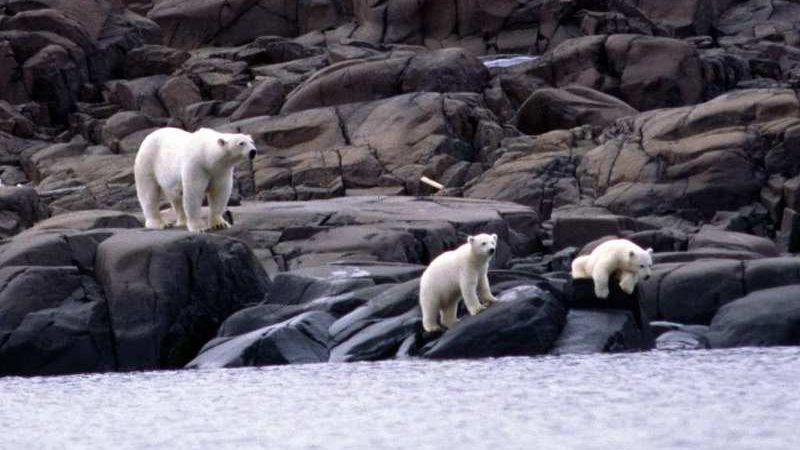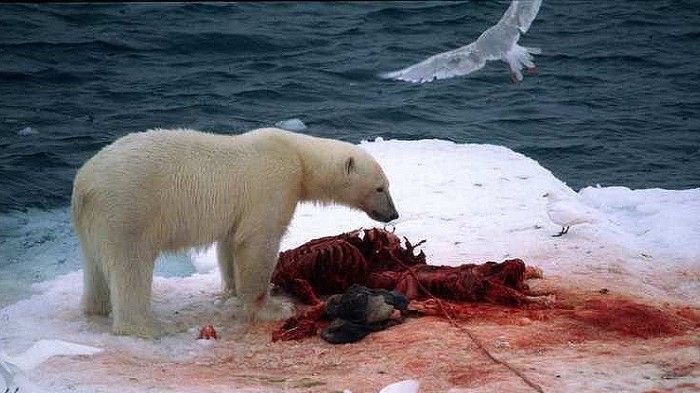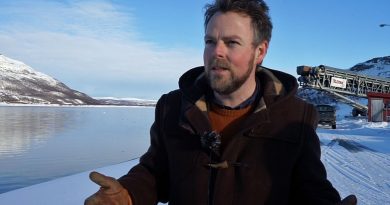Polar bears greatly exposed to toxic chemicals in eastern Barents Sea

Polar bears following the sea ice in hunt for seals have a 30-35% higher concentration of perfluoroalkyl substances compared to coastal bears and levels further east are higher than in the Svalbard area.
Exposure for certain chemical pollutants are higher the further northeast in the Barents Sea polar bears go, a new international study concludes. The study is published in Environmental Science & Technology.
Equipping female polar bears with satellite collars, the researchers could track around bears over a five-year period, and compare this with an analysis of chemicals in the blood samples from the same bears.
Some polar bears walk longer distances in the Arctic, following the sea ice, while others remain in the near coast areas of the Svalbard archipelago.
“Polar bears’ diet, pollution of toxic chemicals from industry in China and partly in Russia that the bears are exposed to and ice conditions could all be reasons explaining higher perfluoroakyl (PFAS) levels in polar bears who follow the ice to the east compared to those who stay near Svalbard year-round,” says research scientist on ecotoxicology Heli Routti with the Norwegian Polar Institute in Tromsø in a statement published on the institute’s portal.
The study is part of a Norwegian-Russian cooperation project on polar bears.
Higher exposure to PCBs

Levels of polychlorinated biphenyls (PCB) are higher the further northeast the polar bears walk in hunt for seals on the ice. Highest are the levels east of Russia’s Franz Josef Land.
PCB, a chemical that has been banned in most countries since 1979, could impact fertility in polar bears that are the top predator in the Arctic. Eating fatty seals, the bears are more exposed since PCB accumulates in animal fat.
It is known from other studies that the Norwegian-Russian population of polar bears in the Barents Sea has higher levels of toxins compared with polar bears on Greenland or in Arctic America.
One reason for higher levels of PFAS among the eastwards long-walking polar bears, the researchers argue, could be that the longer they walk the more energy they need and therefore they eat more seals and by that get more toxins.
Related stories from around the North:
Canada: Which marine mammal is most vulnerable to Arctic vessels?, CBC News
Finland: How did Finland’s 5 white-tailed deer become 100,000 in only 80 years?, Yle News
Norway: Northern Barents Sea warming at alarming speed, The Independent Barents Observer
Russia: Russia adds small Arctic island to large national park, The Independent Barents Observer
Sweden: Poachers suspected behind dwindling wolf numbers in Sweden, Radio Sweden
United States: Arctic and Antarctic waters breed more new species than tropics: study, CBC News



